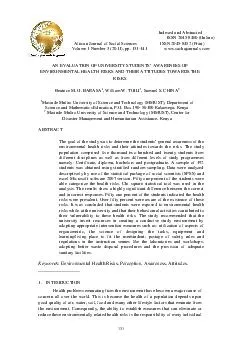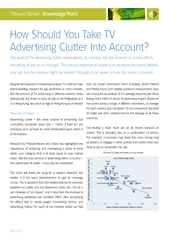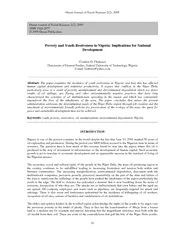PDF-Indexed and Abstracted ISSN On line African Journal of Social Sciences ISSN P
Author : tatyana-admore | Published Date : 2014-09-30
131141 wwwsachajournalscom AN EVALUATION OF UNIVERSITY STUDENTS AWARENESS OF ENVIRONMENTAL HEALTH RISKS AND THEIR ATTITUDES TOWA RDS THE RISKS Beatrice M O BARASA
Presentation Embed Code
Download Presentation
Download Presentation The PPT/PDF document " Indexed and Abstracted ISSN On line Af..." is the property of its rightful owner. Permission is granted to download and print the materials on this website for personal, non-commercial use only, and to display it on your personal computer provided you do not modify the materials and that you retain all copyright notices contained in the materials. By downloading content from our website, you accept the terms of this agreement.
Indexed and Abstracted ISSN On line African Journal of Social Sciences ISSN P: Transcript
Download Rules Of Document
" Indexed and Abstracted ISSN On line African Journal of Social Sciences ISSN P"The content belongs to its owner. You may download and print it for personal use, without modification, and keep all copyright notices. By downloading, you agree to these terms.
Related Documents














